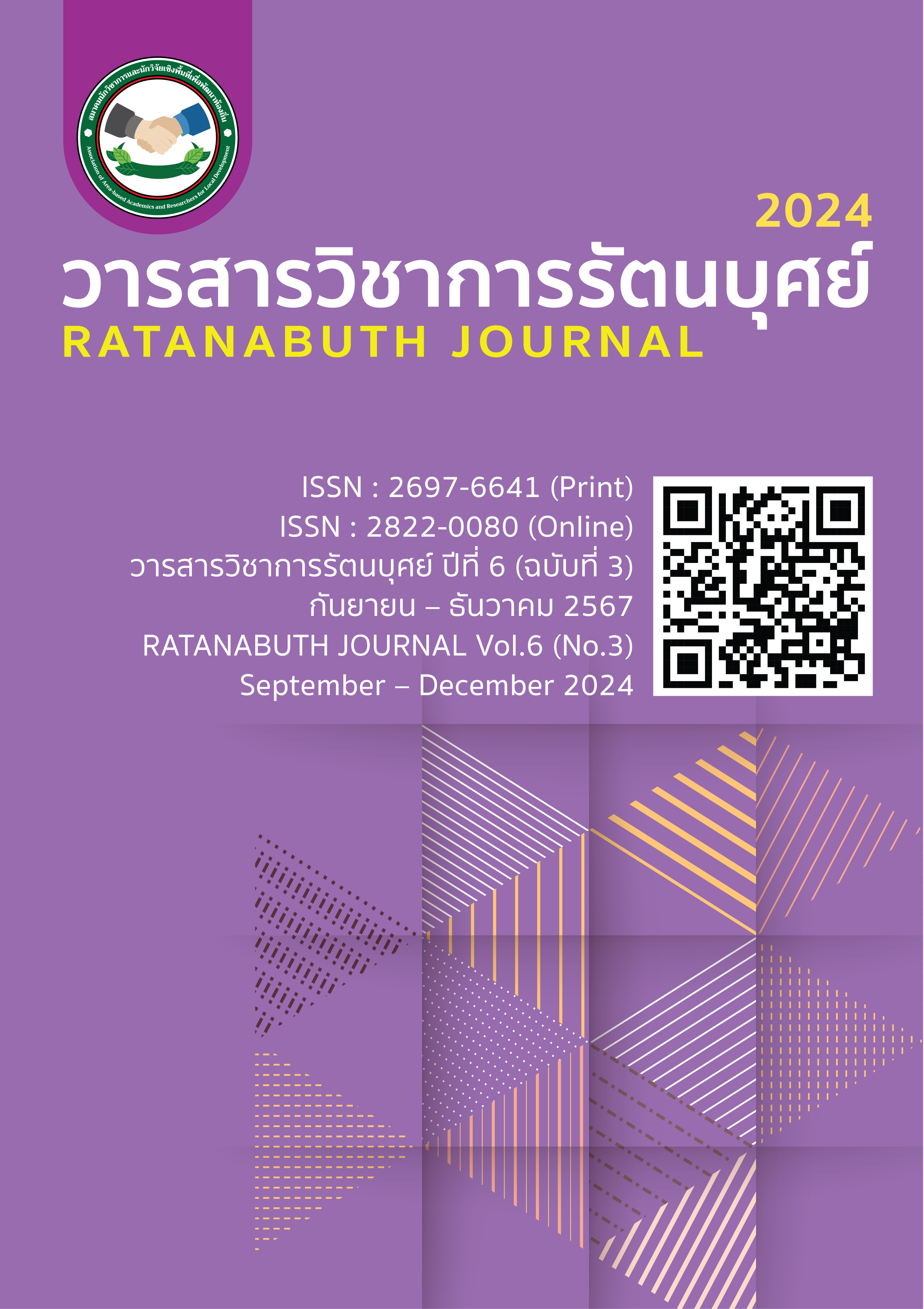ศิลปาลัย: อนาคตภาพแห่งสายธารพุทธศิลป์และพุทธศาสตร์ Silpalai: The Scenario of Buddhist Art and Buddhology
Main Article Content
บทคัดย่อ
บทความนี้มีเจตจำนงเพื่อสะท้อนถึงการศึกษาพุทธศิลป์และพุทธศาสตร์ภายใต้บริบทแห่งการเปลี่ยนแปลงทางสังคม วัฒนธรรมและเทคโนโลยีในอนาคต การศึกษาความสัมพันธ์ระหว่างพุทธศิลป์กับหลักธรรมทางพุทธศาสนาสมัยใหม่ผ่านการสำรวจพัฒนาการของพุทธศิลป์ตั้งแต่อดีตจนถึงปัจจุบันโดยเน้นการผสมผสานระหว่างศิลปะดั้งเดิมกับศิลปะสมัยใหม่ ซึ่งสะท้อนให้เห็นถึงบริบทแห่งการปรับตัวของพุทธศิลป์ตามการเปลี่ยนแปลงทางวัฒนธรรมและเทคโนโลยี รวมทั้งการพิจารณาบทบาทของสื่อดิจิทัลและเทคโนโลยีสมัยใหม่ที่ถูกนำมาใช้ในการเผยแผ่พุทธศาสนาและพุทธศิลป์ สื่อนวัตธรรมเหล่านี้ทำหน้าที่ขยายขอบเขตของพุทธศิลป์ให้เข้าถึงผู้คนหลากหลายมากขึ้นทั้งในและนอกบริบทของพุทธศาสนา ดังนั้น การเปลี่ยนแปลงทางเทคโนโลยีจะส่งผลให้เกิดการตีความใหม่ ๆ ของพุทธศิลปะซึ่งอาจสร้างมิติใหม่ในเชิงสุนทรียศาสตร์และจริยธรรม เช่น การใช้เทคโนโลยีเสมือนจริง และสื่อดิจิทัลในการสร้างสรรค์และเผยแพร่ศิลปะพุทธให้เข้าถึงผู้ชมรุ่นใหม่ในยุคดิจิทัล การเปลี่ยนแปลงนี้ยังช่วยขยายความเข้าใจในหลักธรรมของพุทธศาสนาให้สอดคล้องกับวิถีชีวิตปัจจุบันและสร้างการเชื่อมต่อระหว่างพุทธศิลปะ พุทธธรรม และการสื่อสารสมัยใหม่ที่มีความยืดหยุ่น สามารถปรับตัวต่อสังคมและเทคโนโลยีที่เปลี่ยนแปลงไปอย่างต่อเนื่องได้อย่างกลมกลืนกับกาลเวลา
Article Details

อนุญาตภายใต้เงื่อนไข Creative Commons Attribution-NonCommercial-NoDerivatives 4.0 International License.
เอกสารอ้างอิง
ชาตรี ประกิตนนทการ. (2557). พุทธศิลป์ในสมัยอยุธยา. กรุงเทพฯ: สำนักพิมพ์แห่งจุฬาลงกรมหาวิทยาลัย.
ทวีศิลป์ สืบวัฒนะ. (2560). อิทธิพลจากวัฒนธรรมต่างชาติที่มีต่อพุทธศิลป์ไทย. วารสารศิลปะไทย,8(2), 14-26.
พรศิลป์ พูนสนอง. (2550). พุทธศิลป์สุโขทัย: การสะท้อนปรัชญาทางพุทธศาสนา. นครปฐม:มหาวิทยาลัยศิลปากร.
ศรีศักร วัลลิโภดม. (2561). พุทธศิลป์ในยุคดิจิทัล. กรุงเทพฯ: สำนักพิมพ์แห่งจุฬาลงกรณ์มหาวิทยาลัย.
อุไรศรี วรศะรินทร์. (2546). พุทธศิลป์รัตนโกสินทร์: การเปลี่ยนแปลงและการปรับตัว. กรุงเทพฯ:ศูนย์มานุษยวิทยาสิรินธร.
Baker, C. (2015). Understanding Buddhist art: An introduction to Buddhist art and iconography. Oxford University Press.
Bishop, C. (2012). Artificial hells: Participatory art and the politics of spectatorship. Verso Books.
Collins, S. (2011). Buddhist philosophy: A historical analysis. Routledge.
Davis, T. (2013). Teaching and learning with the arts: Integrating art into the curriculum. Wiley-Blackwell.
Gombrich, E. H. (2008). How Buddhism began: The condition of the early Sangha. University of Chicago Press.
Ishikawa, K. (2019). Art and religion: Exploring the intersection of creativity and spirituality. Springer.
Kinnard, J. N. (2006). Buddhist images and the technology of devotion in Asia. Routledge.
Kumar, P. (2019). Innovations in art education: New perspectives and practices. Palgrave Macmillan.
Lee, S. (2021). The impact of social media on modern religious practices. Cambridge University Press.
Lopez, D. S. (2002). A modern Buddhist Bible: Essential readings from East and West. Beacon Press.
Miller, T. (2018). Heritage and education: Strategies for sustainable development. Routledge.
Paine, R. (2013). The anthropology of Buddhism and Hinduism: Weberian themes. Routledge.
Smith, L. (2019). Uses of heritage. Routledge.
Snodgrass, A. (2007). The symbolic art of Buddhist sculpture. Paragon Book Reprint Corp.
Vasudha, N. (2005). The Hindu worldview. In C. S. King & R. K. Burkholder (Eds.), Faiths and Traditions, (pp. 78-92). Routledge.
Vong, M. (2017). Critical thinking and Buddhist philosophy: A comparative study. Journal of Buddhist Studies, 20(1), 45-58.
Wickremasinghe, N. (2015). The art of Buddhist narrative: A study of the visual depiction of the Jataka tales. South Asia Press.
Williams, A. (2020). Cultural sensitivity in digital media: Case studies and strategies. Routledge.
Wu, K. (2007). The art of the Yuan dynasty. Yale University Press.

